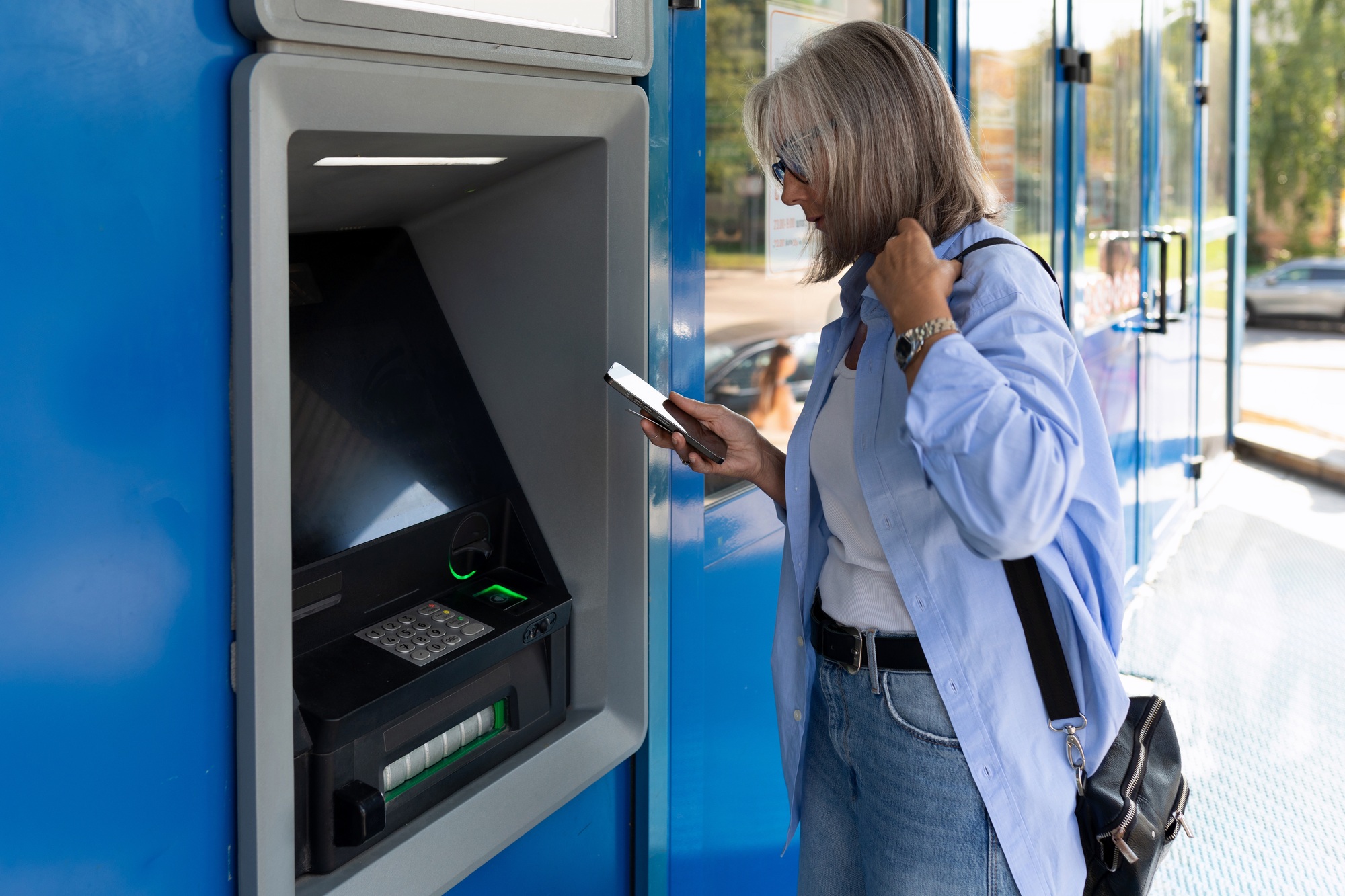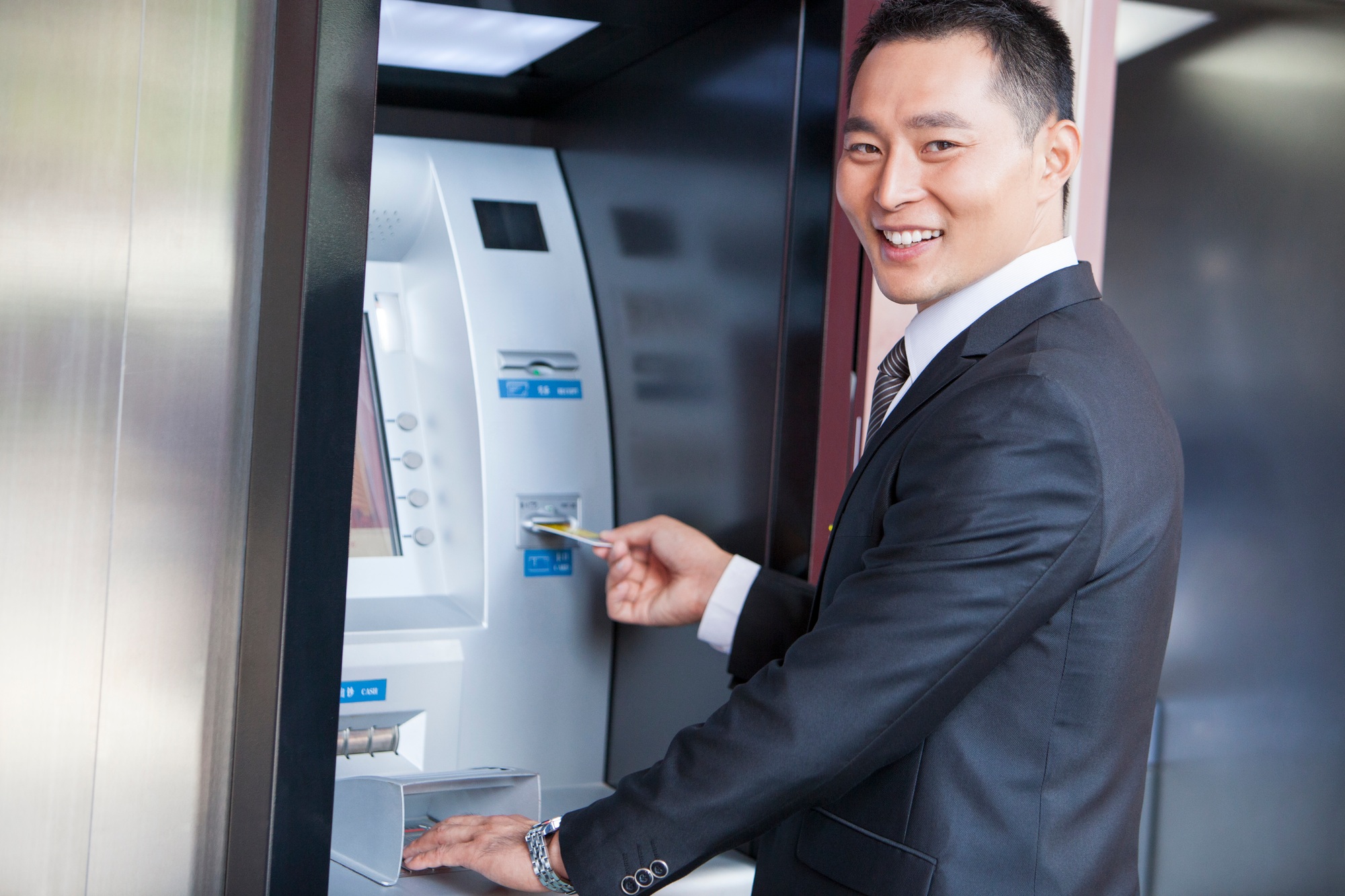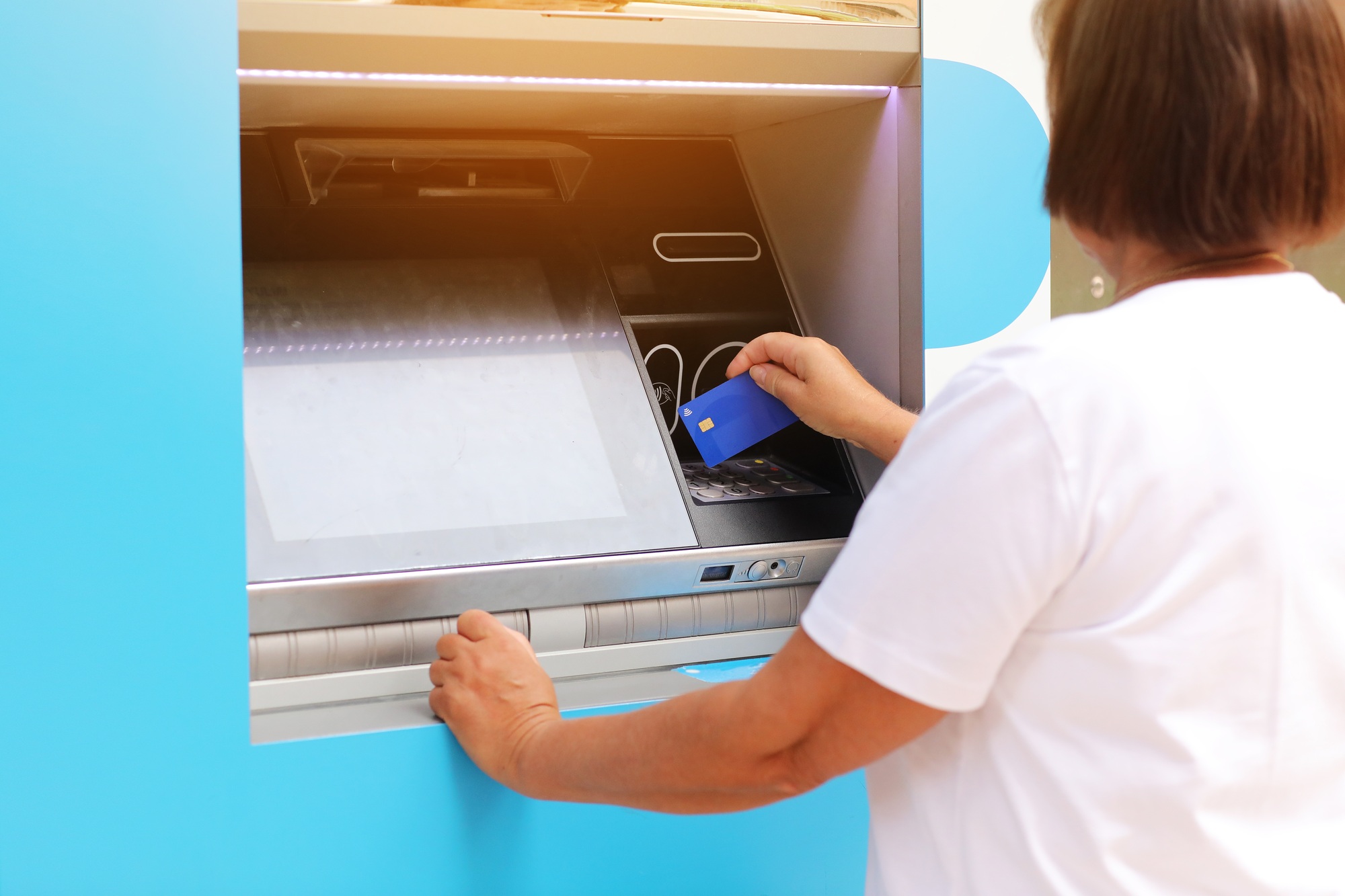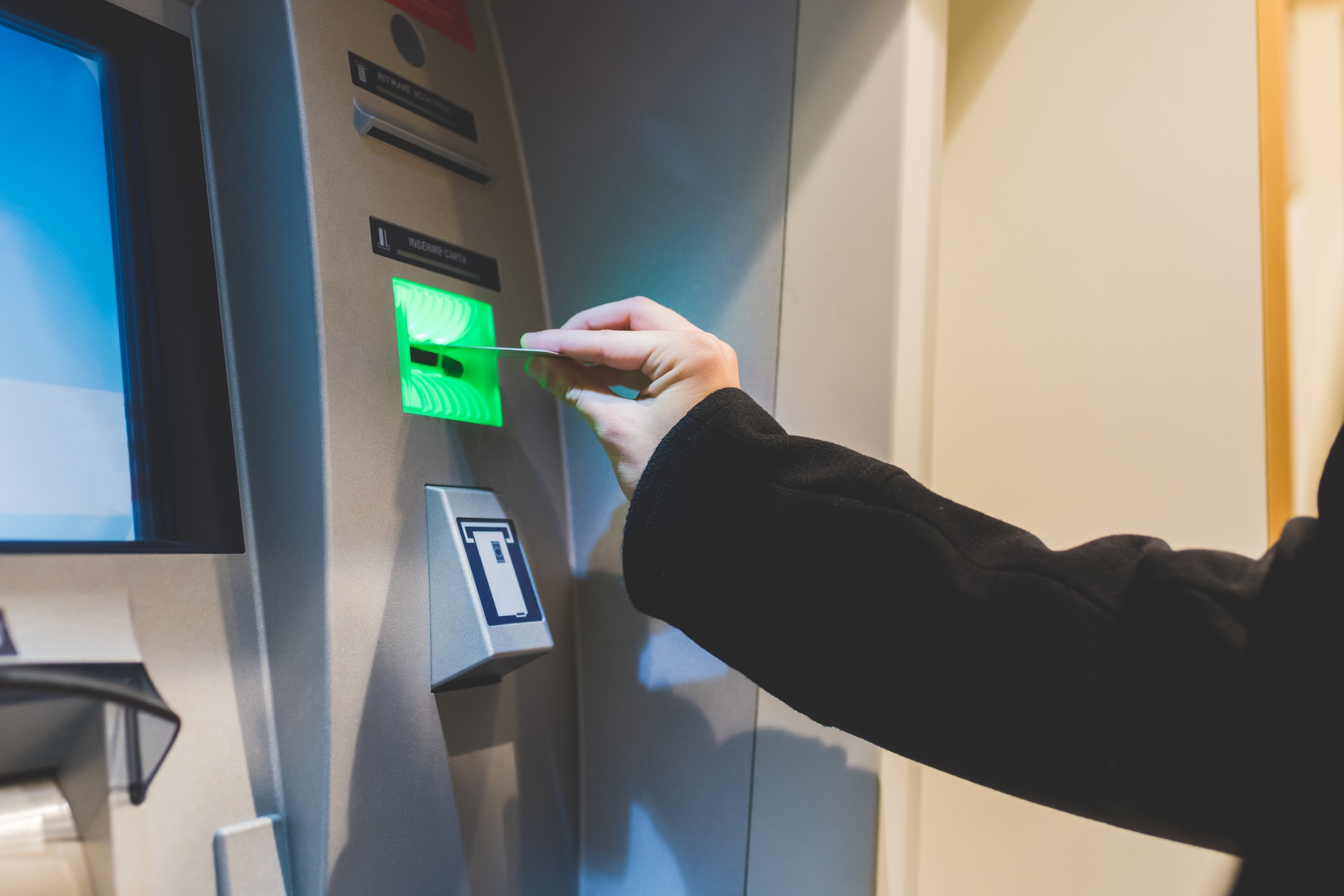Key Takeaways

- Understand ATM Types: Familiarize yourself with various ATM options such as traditional, cash-only, drive-thru, smart, and mobile ATMs to select the best for your needs.
- Benefits of ATM Ownership: Owning an ATM can increase foot traffic, create additional revenue through transaction fees, improve customer convenience, assist in cash management, and offer a competitive edge.
- Research ATM Providers: Identify reputable manufacturers and compare their offerings to find the right model that fits your business environment and customer requirements.
- Location Matters: Select a high-traffic and accessible spot for your ATM to maximize usage and visibility, and consider partnerships with local businesses to enhance exposure.
- Comply with Regulations: Ensure your ATM installation adheres to local permits, regulations, and ADA requirements to avoid legal issues and fines.
- Effective Management: Monitor cash levels, maintain the ATM, and provide excellent customer service to enhance operation efficiency and customer satisfaction.
Are you tired of searching for an ATM when you need cash? Understanding how to get an ATM can save you time and hassle. Whether you’re planning a trip or just want to have quick access to your funds, knowing your options is essential.
Understanding ATM Options

Understanding your ATM options helps you choose the right service for cash access. It’s essential, particularly for small businesses and retail environments, to know the types of ATMs available and the benefits of owning one.
Types of ATMs Available
- Traditional ATMs: These machines allow users to conduct basic transactions such as withdrawals, deposits, and balance inquiries. They’re commonly found at banks and major retail locations.
- Cash-Only ATMs: These ATMs only dispense cash. They’re often placed in convenience stores or near events, catering to users who need cash quickly.
- Drive-Thru ATMs: Designed for users in vehicles, these ATMs offer lane access. They enhance convenience, especially in busy urban areas.
- Smart ATMs: These advanced machines provide additional services, like check depositing and bill payment. Many smart ATMs offer touchscreen interfaces and enhanced security features.
- Mobile ATMs: Often used at events or festivals, these portable ATMs can be set up quickly. They offer flexible access to cash for customers in specific locations.
Benefits of Owning an ATM
- Increased Foot Traffic: An ATM positioned in your retail space attracts more customers, encouraging more purchases.
- Additional Revenue: Owning an ATM generates transaction fees, providing your business with a passive income stream.
- Customer Convenience: Offering an ATM on-site allows customers easy access to cash, increasing customer satisfaction and loyalty.
- Cash Management: Having an ATM helps manage your cash flow, allowing you to maintain sufficient cash reserves for daily operations.
- Competitive Advantage: Providing an ATM can distinguish your business from competitors, enhancing the overall customer experience.
Steps to Acquire an ATM

Acquiring an ATM enhances your small business by increasing foot traffic and providing convenience to customers. Below are essential steps to guide you through the process.
Researching ATM Providers
Identify reputable ATM manufacturers like Hyosung Innovue, NCR Atleos, and Diebold Nixdorf. Each offers different ATM types with features such as cash dispensing, cardless access, and advanced security options. Compare models to find the best fit for your retail environment and customer needs.
Evaluating Costs and Fees
Determine the total investment required for purchasing an ATM. This includes the machine’s price, installation fees, and ongoing maintenance costs. Analyze transaction fees charged by ATM networks, as these can affect your profit margin. Understanding these costs helps you make informed financial decisions.
Selecting the Right Location
Choose a strategic location for your ATM. High-traffic areas within your retail space are ideal, as they attract more users. Consider visibility and accessibility to ensure maximum foot traffic. Collaborate with local businesses if necessary to enhance exposure and increase transaction volume.
Installation Process

Setting up an ATM for your small business involves multiple steps to ensure it’s secure, connected, and functioning correctly.
Necessary Permits and Regulations
Obtain necessary permits specific to your location. Research local regulations governing ATM installations, which can vary widely. Ensure compliance with federal and state regulations, including ADA requirements, which dictate accessible design. Check with your local authority for guidelines on signage and outdoor placement, as non-compliance may lead to fines or removal.
Physical Setup and Maintenance
Prepare the installation site by clearing debris and obstacles. Verify the area meets ADA standards with a 48” x 30” clear space in front of the ATM. Move the ATM into position using a hand truck or dolly. Mark the holes on the ATM’s base onto the floor with a Sharpie. Drill holes using a heavy-duty electric or rotary hammer drill, securing the ATM with anchor bolts. Typically, a 1/2” x 4 1/2” wedge anchor bolt suffices for stabilization. Regularly check the ATM for operational efficiency and replenish cash as needed to maintain customer satisfaction in your retail environment.
Managing Your ATM

Managing an ATM effectively is key to maximizing its benefits for your small business. Focus on both cash management strategies and customer service expectations to ensure smooth operation and customer satisfaction.
Cash Management Strategies
Implementing efficient cash management strategies directly impacts your ATM’s profitability. Regularly monitor cash levels, aiming to maintain optimal amounts to prevent outages or overstocking. Schedule cash replenishment during low-traffic times to avoid disrupting service. Evaluate transaction patterns weekly to adjust cash levels according to customer needs. Utilize reporting tools from your ATM provider to analyze transaction data, identifying peak use times and adjusting cash levels accordingly. Additionally, maintain accurate records of cash withdrawals to enhance inventory forecasting.
Customer Service Expectations
Meeting customer service expectations enhances the overall experience for your customers. Provide clear signage on ATM usage and support options. Ensure regular maintenance checks to keep the ATM operational and minimize downtime. Establish a visible contact point for customer queries, allowing for immediate assistance if issues arise. Train your staff to handle basic inquiries about the ATM, empowering them to assist customers efficiently. Demonstrating reliability through a well-maintained ATM fosters trust and encourages repeated business.
Conclusion

Finding the right ATM or acquiring one for your business can significantly enhance convenience and efficiency. By understanding your options and evaluating the various types of ATMs available, you can make informed decisions that suit your needs.
If you’re a business owner, investing in an ATM can drive foot traffic and create additional revenue streams. Remember to focus on strategic placement and effective management to maximize your investment.
With the right approach, you can ensure that your ATM serves as a valuable asset, offering both you and your customers a seamless experience.
Frequently Asked Questions

What is the importance of finding an ATM quickly?
Knowing how to find an ATM quickly is crucial for saving time and avoiding frustration when you need cash. Understanding your options, especially while traveling or during emergencies, can make accessing funds much more convenient.
What types of ATMs are available?
Various ATMs serve different needs, including traditional ATMs for regular banking, cash-only ATMs for quick withdrawals, drive-thru ATMs for convenience, smart ATMs with advanced features, and mobile ATMs for special events. Each type is designed for specific environments and customer needs.
How can ATMs benefit small businesses?
Owning an ATM can increase foot traffic, generate additional revenue from transaction fees, and improve customer convenience. It also aids in cash management and provides a competitive edge over businesses that do not offer ATMs.
What steps should I take to acquire an ATM for my business?
Start by researching reputable ATM providers like Hyosung Innovue or NCR Atleos. Compare their models, evaluate costs, including installation and transaction fees, and choose a strategic location in a high-traffic area to maximize visibility and usage.
What are the installation requirements for an ATM?
Installing an ATM requires obtaining the necessary permits and ensuring compliance with federal and state laws, including ADA regulations. This includes preparing the installation site, securing the ATM properly, and ensuring it is accessible for all customers.
How do I manage an ATM effectively?
Effective ATM management involves monitoring cash levels, scheduling regular replenishments, and using reporting tools to analyze transaction data. Meeting customer service expectations through clear signage and regular maintenance enhances satisfaction and encourages repeat usage.
Why is regular maintenance important for an ATM?
Regular maintenance ensures that the ATM operates efficiently, minimizing downtime and meeting customer needs. A well-maintained ATM fosters trust with users, which can lead to increased transaction volume and customer loyalty for your business.
Image Via Envato: stopabox, peus80, FabrikaPhoto, andriymedvediuk, LightFieldStudios, bluejeanimages, traimakivan



